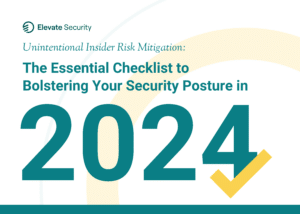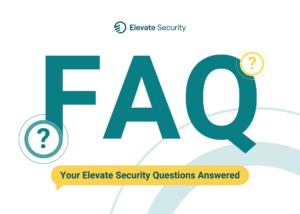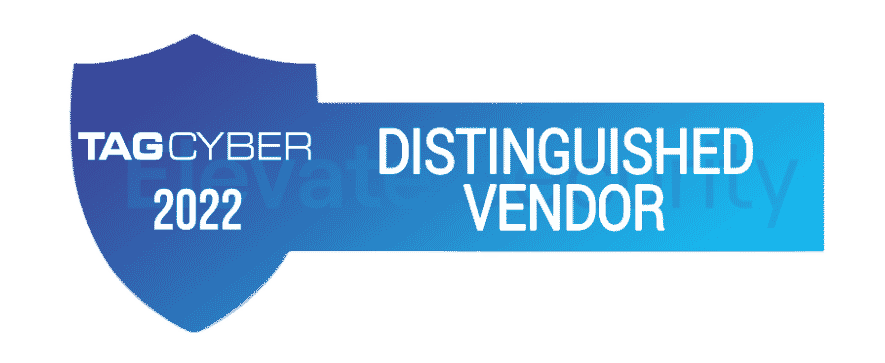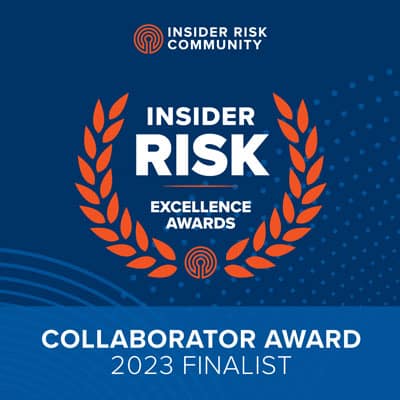
In a recent study, one in five business security decision-makers reported “employees had unintentionally put company data at risk.” Similarly, 21% believed that phishing emails targeting employees led to the exfiltration of data. Today, workforce risk is at an all-time high, especially due to unsecure hybrid and remote working conditions. Too often, security teams are ill-equipped to measure, monitor, and mitigate this risk.
That’s why we’re proud to announce our latest product enhancement within the Elevate Security Risk Engine: dynamic risk response. Sure, quantifying workforce risk is the first step in the risk mitigation process. But it’s equally important to take this deep visibility into the people, behaviors, and patterns that define your organization’s current risk profile and develop automated responses mapped to individual risk scenarios. Let’s take a closer look at dynamic risk response and how it works.
What is Dynamic Risk Response?
Dynamic risk response allows you to easily apply policies and automated actions to match the right response to the right person/group, at the right time, to drive measurable behavioral changes and strengthen security protections. Consider the following examples:
Sally, a good cyber citizen ― Celebrate!
- Recognize her efforts with management and social proof affirmation
Walter, a very risky user ― Course Correct!
- Enforce strong authentication and access governance requirements
New Hire System Admins, vulnerable attack targets ― Protect!
- Alert of attack status; provide best practice guidance and tailored training
How Dynamic Risk Response Mitigates Workforce Risk
Response to workforce risk is driven by rules managed within the Elevate Security Risk Engine. Risk response rules automate the process of analyzing, identifying, and responding to unique user risk (and are fully customizable).
The Elevate Risk Engine works with your specific integrations to inform, notify, and take action on an individual’s unique risk signals. Let’s explore a few use cases:
Improve Security Awareness:
- Assign phishing recognition training
- Deliver policy violation communications
- Deliver improvement guidance communications
Strengthen System & Resource Access:
- Add to ‘High-Risk’ DevOps AD Group
- Require phishing resistant MFA
- Require login from trusted location
- Require the use of company compliant device
- Initiate quarterly access governance reviews
Enhance Security Operations:
- Integrate risk profile data into Help Desk/SecOps
- Apply risk thresholds to security policies
Final Thoughts
Dynamic risk response interventions work to significantly reduce security incidents and the likelihood of a breach. Elevate analyzes customer data to identify trends that drive successful outcomes. Here are a Fortune 500 customer’s recent findings:
- 73% reduction of sensitive data handling incidents
- 70% reduction of phishing clicks
- 373% increase in phishing reporting
Essentially, dynamic risk response enables any manner of interventions that drive real improvements to your overall security posture and helps turn your people into your greatest defenders.
Begin driving measurable behavior change and workforce risk mitigation—book your demo of Elevate Security.











